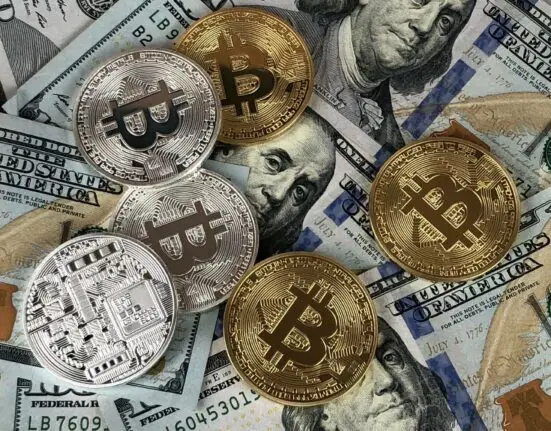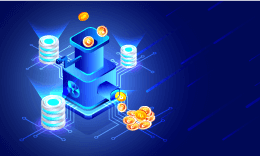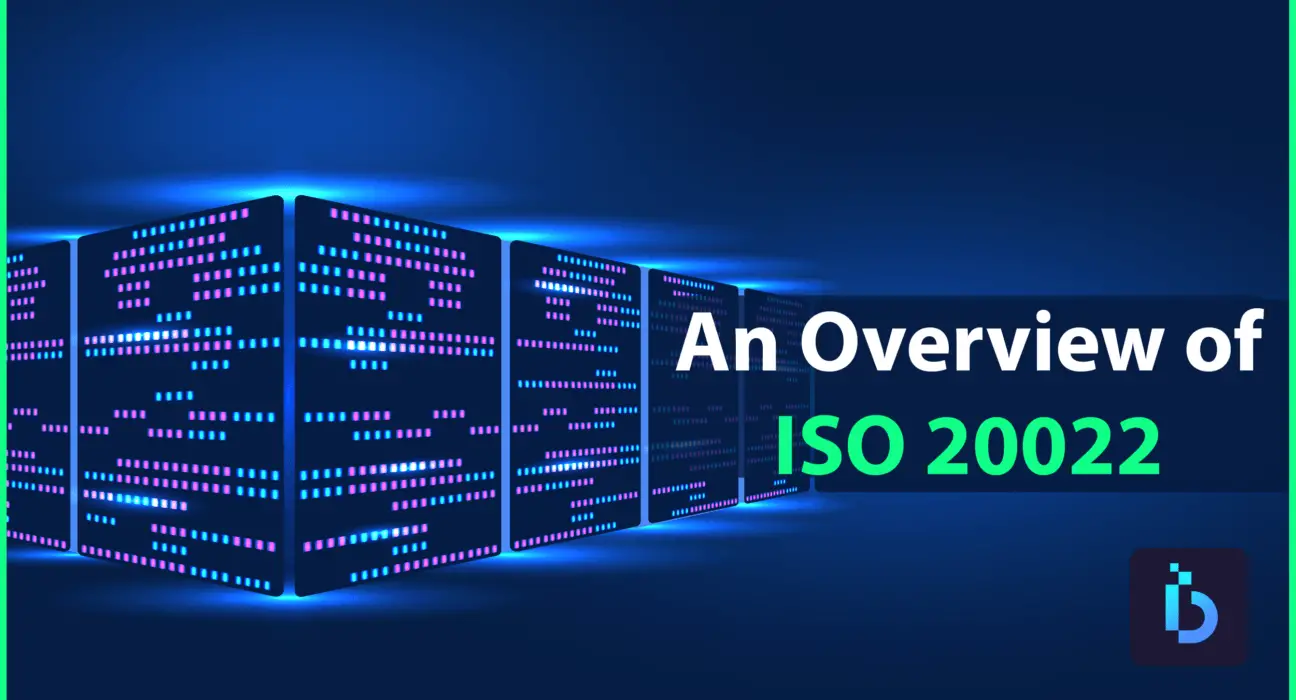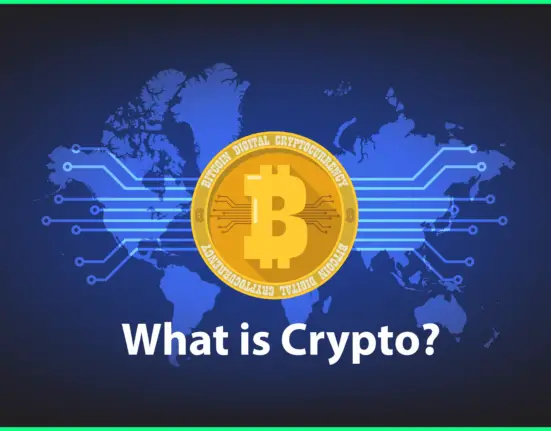It’s normal to become perplexed when people exchange words. The meanings of words might be misunderstood or simply lost in interpretation. Taking sports into consideration: The way games in the UK are conducted will be significantly different from that in the United States. Even though they both speak similar languages, there is a possibility that they won’t agree on the same rules.
It’s no different in the crypto and finance sector, except that the stakes are considerably larger if businesses can’t interact properly with one another. That’s where the ISO 20022 standard comes in. It’s a new worldwide payment messaging standard that’s readily available to everyone.
Below, we will delve into what you need to know about ISO 20022, why it matters to crypto investors as well as some of its limitations. So, stay tuned as we get started.
What is ISO 20022
ISO 20022 is an international standard for financial institutions exchanging e-messages. It supports an international standard for payment data by initiating a uniform language and paradigm. It was first launched way back in 2004 to provide the financial sector with a standard platform for generating messages using a single eXtensible Markup Language (XML) rule.
Furthermore, ISO 20022 aims in delivering valid data quality compared to previous standards, which signals better payments for everyone. It intends to adapt to new approaches if necessary. It is not governed by a single entity and it’s a standard that anyone in the sector can use on any network of their choice. There are lots of amazing perks attached to this payment standard. All of that accounts for why it’s widely accepted currently.
Why is it important?
Within the current economic terrain, there are multiple messaging protocols and formats available. Much like there are different languages around the world; each specific to their respective regions or business segments.
In an increasingly globalized world, it’s more important than ever to utilize a universal standard in terms of payment protocols. The aim is to help actualize end-to-end processing across different realms and locations. As a result, ISO 20022 aims to dictate how creating a global standard for financial messaging can improve messaging, clarify definitions, and unify everyone to collaborate. Typically, ISO 20022 subdues two obstacles to achieving each of these goals: syntax (the pattern and form of a message) and semantics (the connotation of those messages).
How it works
Many investors compare ISO 20022 to a recipe that comprises all of the elements you’ll need to prepare it. As a result, a standardized style of exchanging messages across enterprises and boundaries has emerged. The way ISO 20022 works can be broken down into three layers:
- Business strategies and protocols – One of the most important features of the ISO 20022 methodology is the clear distinction between the business and how it is expressed in a message
As a result, the ISO 20022 methodology begins with clarifying the activity or business process, the roles and parties involved, as well as the information required to carry out the activity. This information is then grouped into business-related elements.
- Syntax-independent logical messages — Another notable feature of ISO20022 is its ability to recycle elements across all messages irrespective of what it implies.
As a result, a logical message is a portrayal of the information required to carry out a certain business activity that is free of syntax and composed of message elements grouped in a hierarchical configuration.
- The syntax– This has to do with the logical message’s physical manifestation. The primary syntax is XML, however other common forms such as SWIFT proprietary or FIX syntax can also be utilized.
Why Does ISO 20022 Matters for Crypto Investors?
The significance of ISO 20022 to crypto investors has been one of the primary talking points for investors in recent years. A notable alteration to the ISO 20022 standard appears to be alluring investors to think about a list of prospective ISO 20022 cryptocurrencies that could profit from this execution.
Cryptocurrencies are modelled to be decentralized from the outset. Investors can exchange assets in an unregulated manner outside of the government’s horizon. These systems are somewhat difficult to control, which is fantastic for those who cherish privacy. As a result, in the crypto realm, the possibility of cryptocurrencies being employed in a centralized way by international central banks or big financial organizations is now being debated.
Certain cryptocurrencies are ISO 20022 compliant, even though major cryptocurrencies like Bitcoin and Ethereum do not comply with this standard. Some of the crypto tokens that are compatible with ISO 20022 include:
- Ripple (CCC:XRP-USD)
- Stellar Lumens (CCC:XLM-USD)
- XDC (CCC:XDC-USD)
- Iota (CCC:IOTA-USD)
- Algorand (CCC:ALGO-USD)
More crypto tokens are expected to comply with ISO 20022. Certainly, investors who are bullish on crypto’s possible integration into the international central banking system should have a glance at these cryptocurrencies. What will happen to crypto investors as a result of this change remains to be seen. However, this new standard is causing a lot of buzz in the crypto community presently, and with a good reason. So, let’s keep our fingers crossed and see how it goes.
Key Benefits of ISO 20022
The acceptance of ISO 20022 around the world will result in a standard language and prototype for payment structures. It will help in delivering better quality data, resulting in exceptional and faster payments for all parties involved in the payment process. Implementing ISO 20022 will also help in an accessible standard that can adapt to changing demands and innovative ideas in the financial sector. It can be used by anybody in the financial services sector and implemented on any network because it is not controlled by a single interest.
ISO 20022 is a more detailed, end-to-end data set for payments systems. It will help in increasing awareness by providing more remittance data, resulting in a better user experience. It will aid in the improvement of analytics by needing less physical involvement, resulting in a more precise compliance procedure, greater security and fraud protection, and increased resilience.
Furthermore, it will encircle all business realms and end-to-end business processes through automation, allowing for the introduction of new services and faster straight-through processing. ISO 20022 will reach every market protocol and payment system using modern, mainstream XML technology, paving the door for more productive integration. Greater competition in the financial sector means more freedom and better data, which could lead to product innovation.
The Impact of the Global Adoption of ISO 20022
By the end of 2022, banks and financial institutions around the world will have switched from the legacy SWIFT MT financial messaging system to the ISO 20022 standard. In addition, it promises to be highly organized and data-rich.
This widespread acceptance is projected to have a significant influence on financial institutions, companies, and any other company involved in financial services or the high-value payments market.
Presently, over 70 countries have already embraced ISO 20022 in their payment systems. With more than 200 payment modalities covered, ISO 20022 enables the harmonization of formats and data components from previously incompatible payment mechanisms.
Key challenges of ISO 20022 implementation
Even though ISO 2022 is meant to be implemented on payment protocols, it has its limitations which can be challenging. Plans for any system migration must strike a balance between fulfilling deadlines and ensuring a future-proof state. The interdependencies of implementing new industry standards, as well as the intricacies of ISO 20022, can pose some difficulties.
The legacy technology of payment providers that predates ISO 20022 needs to be examined, mapped, and translated to the new standard. This comprises the proper regulations for anti-money laundering, anti-fraud, and anti-compliance checks. Furthermore, obsolete schemes that are unable to process or support the ISO 20022 format must be updated, replaced, or converted. Of course, this necessitates the creation of a budget, which must be agreed upon by financial institutions, stakeholders, and partners.
Even though all new payment frameworks adhere to the ISO 20022 standard, different payment schemes have varying specifications. Standard payments messages can be hundreds of times longer than ISO messages. As a result of the huge increase in data, payment protocols will need to be restructured to manoeuvre the additional ISO 20022 data.
Conclusion
ISO 20022 is the new global communications standard for payments. This internationally agreed methodology strives to standardize how organizations engage, process, and settle detailed payment information. In essence, it is a fast-expanding global message language for cross-border payments.
The goal of this standard is to level the playing field for digital currencies all over the world. However, in a centralized structure, only digital currencies that comply with the ISO 20022 standard can be used. Even though cryptocurrencies are supposed to be decentralized, the progress achieved by global central banks on this front may be too persuasive to resist.
The sheer diversity of payment messages accessible today is holding back major payment systems. As a result, the system becomes fragmented, restricted, and unharmonized. Ultimately, ISO 20022 corrects this by establishing a uniform language and model for payment data, with obvious benefits.











